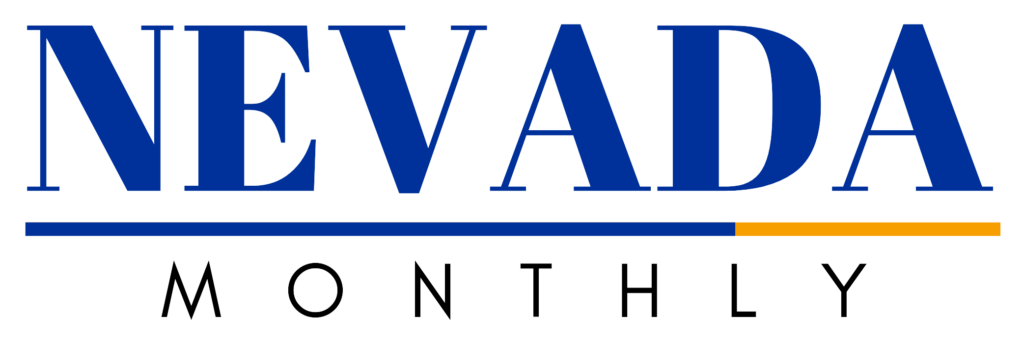In the bustling metropolis of New York, media outlets wield significant influence over the political landscape, shaping public opinion, driving discourse, and impacting decision-making processes. From newspapers and television networks to online platforms and social media channels, the diverse array of media sources in the Big Apple play a pivotal role in shaping the political narrative at local, state, and national levels.
Understanding the Reach of New York Media
New York City, often referred to as the media capital of the world, is home to a multitude of influential media organizations that reach audiences far beyond the city limits. Major newspapers such as The New York Times, The Wall Street Journal, and the New York Post have established themselves as powerhouses in journalism, delivering news and analysis that reverberate across the globe. Similarly, television networks like CNN, MSNBC, and Fox News, which have headquarters or significant operations in New York City, command large viewerships and play a crucial role in shaping public perceptions of political events and issues.
The Role of New York Media in Political Coverage
New York media outlets are known for their extensive coverage of political affairs, providing in-depth analysis, investigative reporting, and commentary on a wide range of topics, from local elections to international diplomacy. With their proximity to the centers of power in Washington, D.C., and Albany, New York journalists have unparalleled access to policymakers, elected officials, and political insiders, enabling them to deliver insider perspectives and exclusive insights to their audiences.
Moreover, the diverse and cosmopolitan nature of New York City ensures that media coverage reflects a wide spectrum of viewpoints, ideologies, and interests. Whether it’s the liberal-leaning editorial stance of The New York Times or the conservative perspective espoused by outlets like the New York Post, the plurality of voices in the New York media landscape ensures that political discourse remains vibrant, dynamic, and inclusive.
The Influence of New York Media on Public Opinion
The extensive reach and credibility of New York media outlets endow them with the power to shape public opinion and influence political outcomes. Through investigative reporting, editorial endorsements, and opinion pieces, media organizations can sway public sentiment, mobilize grassroots movements, and hold elected officials accountable for their actions. In an era marked by heightened political polarization and information overload, the role of trusted media sources in providing reliable, fact-checked news and analysis cannot be overstated.
Contrarian Viewpoint: Media Bias and Partisan Polarization
Despite their reputation for journalistic integrity, New York media outlets are not immune to accusations of bias and partisanship. Critics argue that certain media organizations have agendas that favor specific political ideologies or interest groups, leading to the dissemination of partisan narratives and the amplification of echo chambers. In an age of social media echo chambers and algorithmic filtering, some contend that New York media outlets contribute to the fragmentation of public discourse and the exacerbation of political polarization.
Navigating the Complexities of New York Media
In navigating the complexities of New York media, it’s essential for consumers to exercise critical thinking, media literacy, and discernment. By consuming news from diverse sources, fact-checking information, and seeking out multiple perspectives, individuals can mitigate the influence of bias and misinformation in shaping their political beliefs and attitudes. Additionally, engaging in constructive dialogue, respectful debate, and civic participation can foster a more informed and inclusive political discourse that transcends partisan divides and fosters mutual understanding.
Embracing Media Diversity and Plurality
Amidst the challenges posed by media bias and polarization, the diversity and plurality of New York media present opportunities for citizens to engage with a wide range of perspectives and viewpoints. By actively seeking out alternative sources of information, exploring independent media outlets, and participating in community-driven journalism initiatives, individuals can broaden their understanding of political issues and contribute to a more robust and inclusive public discourse.
Furthermore, the advent of digital media platforms and social networking sites has democratized the production and dissemination of news, empowering citizens to become active participants in the media ecosystem. From citizen journalism and grassroots activism to online forums and social media movements, New Yorkers are leveraging digital technologies to amplify marginalized voices, challenge established narratives, and hold institutions accountable for their actions.
The Future of New York Media and Political Discourse
As New York media continue to evolve in response to technological advancements, changing consumer preferences, and shifting political dynamics, the future of political discourse in the Big Apple remains uncertain yet promising. With a renewed emphasis on transparency, accountability, and journalistic integrity, media organizations have the opportunity to reaffirm their commitment to serving the public interest and fostering a more informed and engaged citizenry.
In conclusion, the influence of New York media on politics is profound and far-reaching, shaping public perceptions, driving policy debates, and influencing electoral outcomes. With their extensive reach, credibility, and resources, New York media outlets have the power to inform, inspire, and mobilize citizens to participate in the democratic process. However, it’s essential to remain vigilant against media bias, misinformation, and partisan agendas, and to cultivate a media ecosystem that promotes transparency, accountability, and democratic values. As New York continues to be at the forefront of media innovation and political discourse, the role of media consumers in critically evaluating information and fostering civic engagement becomes increasingly paramount.










